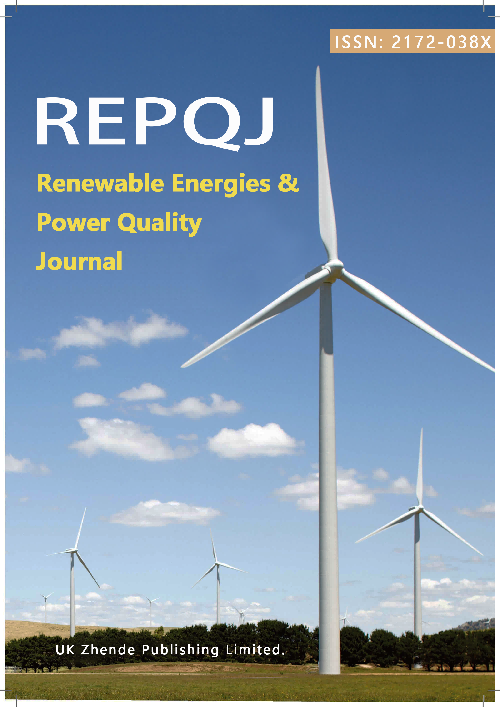Adaptive VSG-based grid forming controller for optimal damped response under dynamic grid conditions
DOI:
https://doi.org/10.52152/4571Keywords:
Adaptive controller, grid forming, virtual synchronous generatorAbstract
Grid forming inverters are a promising technology to ensure the stability of weak grids. One typical strategy is the virtual synchronous generator (VSG) approach, which mimics the swing equation of synchronous generators. This strategy can provide inertia, primary frequency regulation and damping to the grid. However, in classical VSG structures, these three characteristics cannot be managed independently, and damping is usually limited. This work proposes a modified VSG controller, which adds a derivative term in the active power feedback, in order to provide an extra degree of freedom. This strategy enables the independent control of frequency services: damping, frequency regulation and inertia. Moreover, as the damping is affected by the impedance of the grid, an adaptive control strategy is proposed. By estimating the grid reactance and adapting the derivative term, the controller can ensure the desired damping along all operational conditions.
Downloads
Published
Issue
Section
License
Copyright (c) 2025 A. Ordono, J. Rodriguez-Gongora, A. Rubio-Egaña, A. Sanchez-Ruiz, P. Fernández-Bustamante, F.J Asensio, O. Lopez-de-Suso, A. Gomez-Raya (Author)

This work is licensed under a Creative Commons Attribution 4.0 International License.











